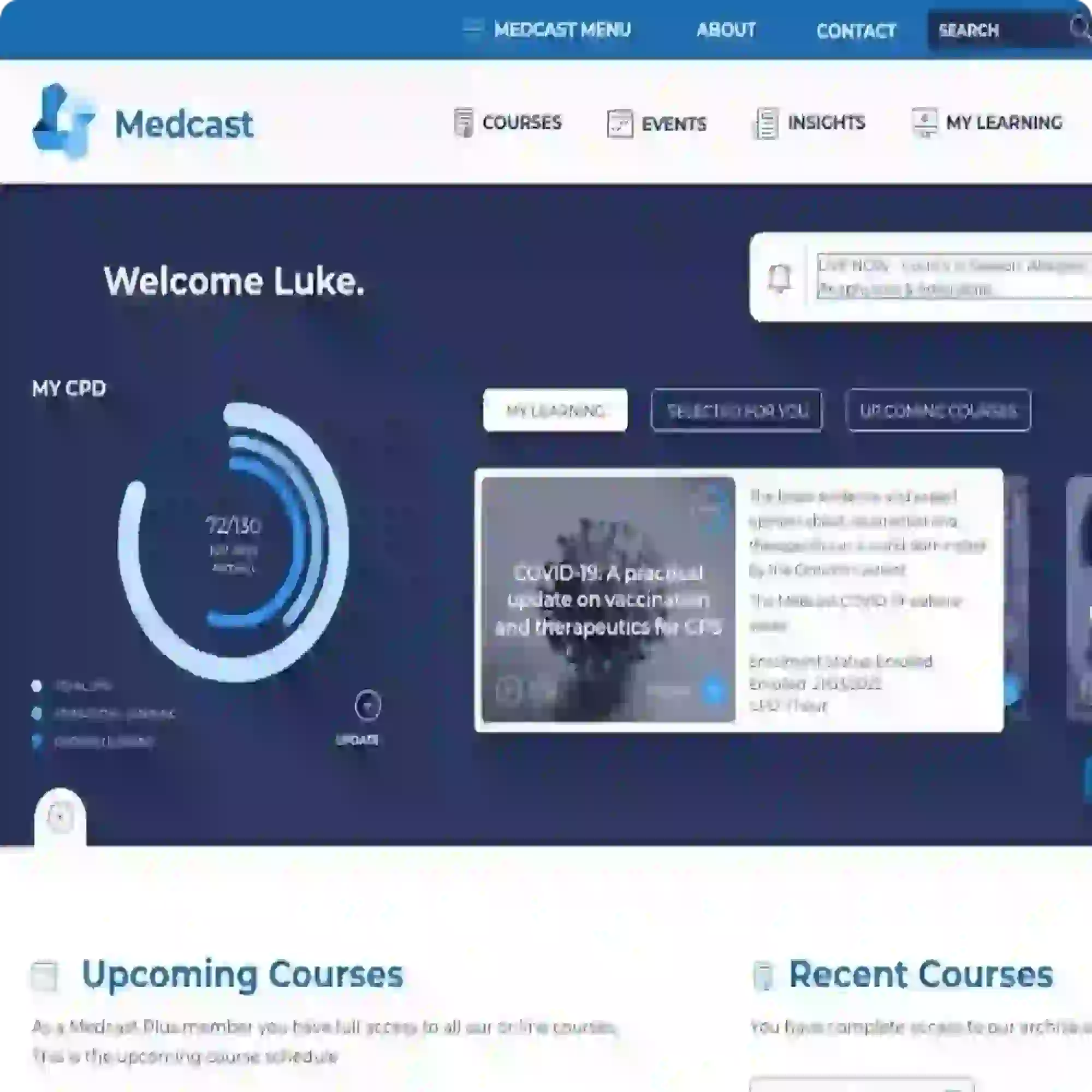eMH Treatment Programs - which one shall I choose?
Decisions, Decisions
Trying to decide what online mental health treatment programs to use can be difficult. There seem to be so many of them! Which one will be easiest to use? What style is best? Should I choose something specific for the problem or something more general?
As
Antidepressants all aim to do the same thing – make depression (and anxiety) better by adjusting the concentrations of chemicals (neurotransmitters) in the brain. Subsets of antidepressants act on different chemicals - serotonin in the case of the SSRIs (serotonin reuptake inhibitors), noradrenaline and serotonin in the case of the SNRIs (serotonin and noradrenaline reuptake inhibitors) and various mixes of serotonin, noradrenaline and dopamine in the case of the other subsets of drugs (tricyclics, monoamine oxidase inhibitors etc). Within each group of
Maybe it will help to put those e-mental health resources into these kinds of categories too.
Categorising e-Mental Health Resources
The most obvious division is according to
- portals for information about services
- websites for information and support
- apps to help with symptom management
- treatment programs.
Treatment programs, whilst having a lot in common, have a number of differences as well.
Australian evidence-based programs
Let’s look at the Australian evidence-based programs. They have in common that they are:
- CBT based (with a little ACT, positive psychology and mindfulness thrown in for good measure)
- interactive, and use examples of “people like you” to help illustrate how to do the interactive exercises that in the end are aimed at teaching the CBT skills.
They are also:
- mostly free to use
- mostly open access (that is you don’t need a referral to use them)
- mostly self-help
- mostly linear in structure
- mostly transdiagnostic.
It’s those “mostly”s that cause us trouble!
Download a quick reference table
We’ve developed a table that might help. Click here to access the table. It’s

The PTSD Program for people with Post Traumatic Stress Disorder.
Do you know anyone who has difficulty motivating themselves to exercise? I think we all know people who get too depressed to exercise or too anxious to leave the house. But there are other people who, despite a lack of “diagnosis”, find exercise hugely difficult to contemplate.
As someone who has practiced medicine for almost four decades I have had the opportunity to observe firsthand the upsurge in the use of opioid pain killers in non-cancer pain.

